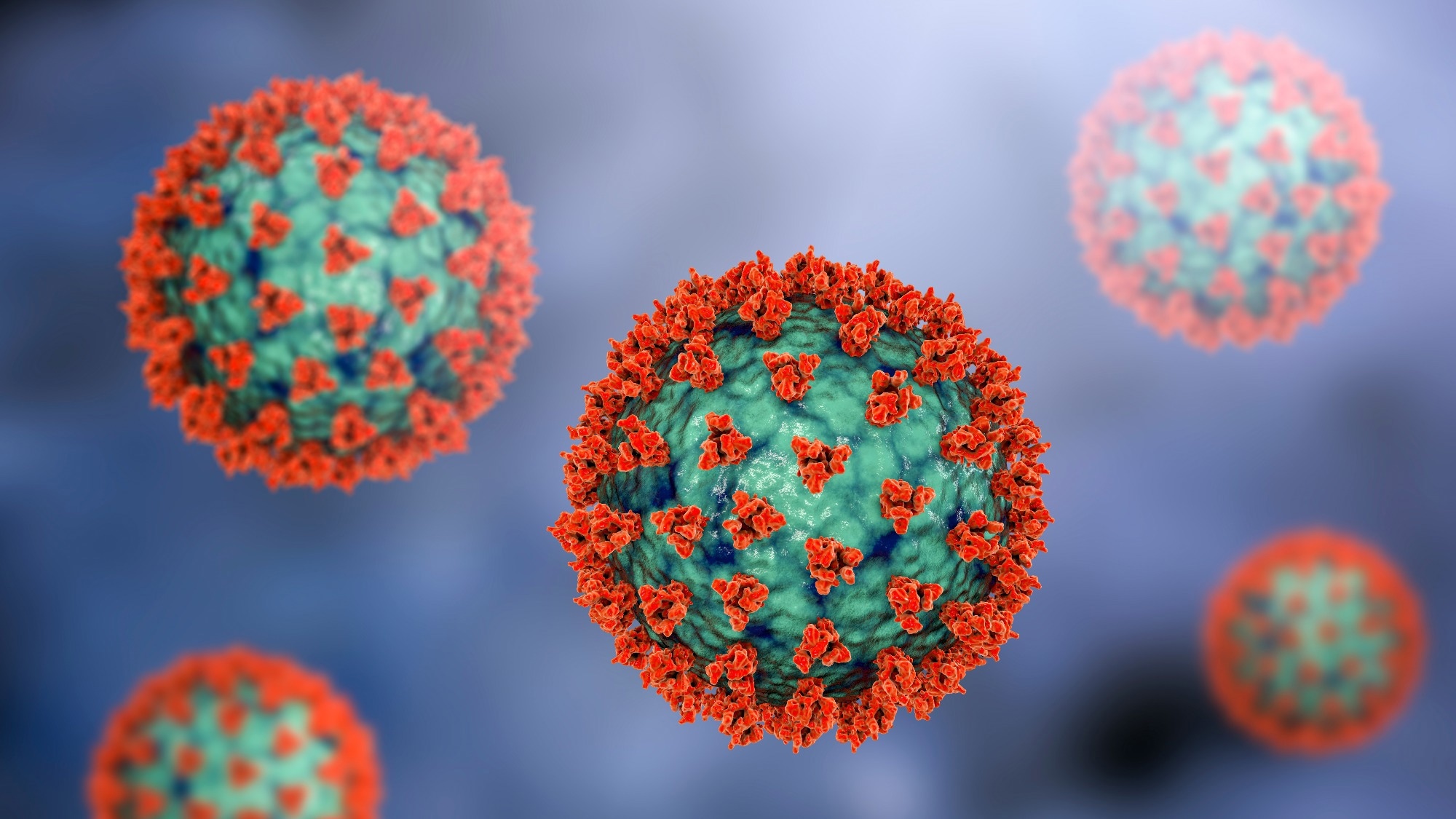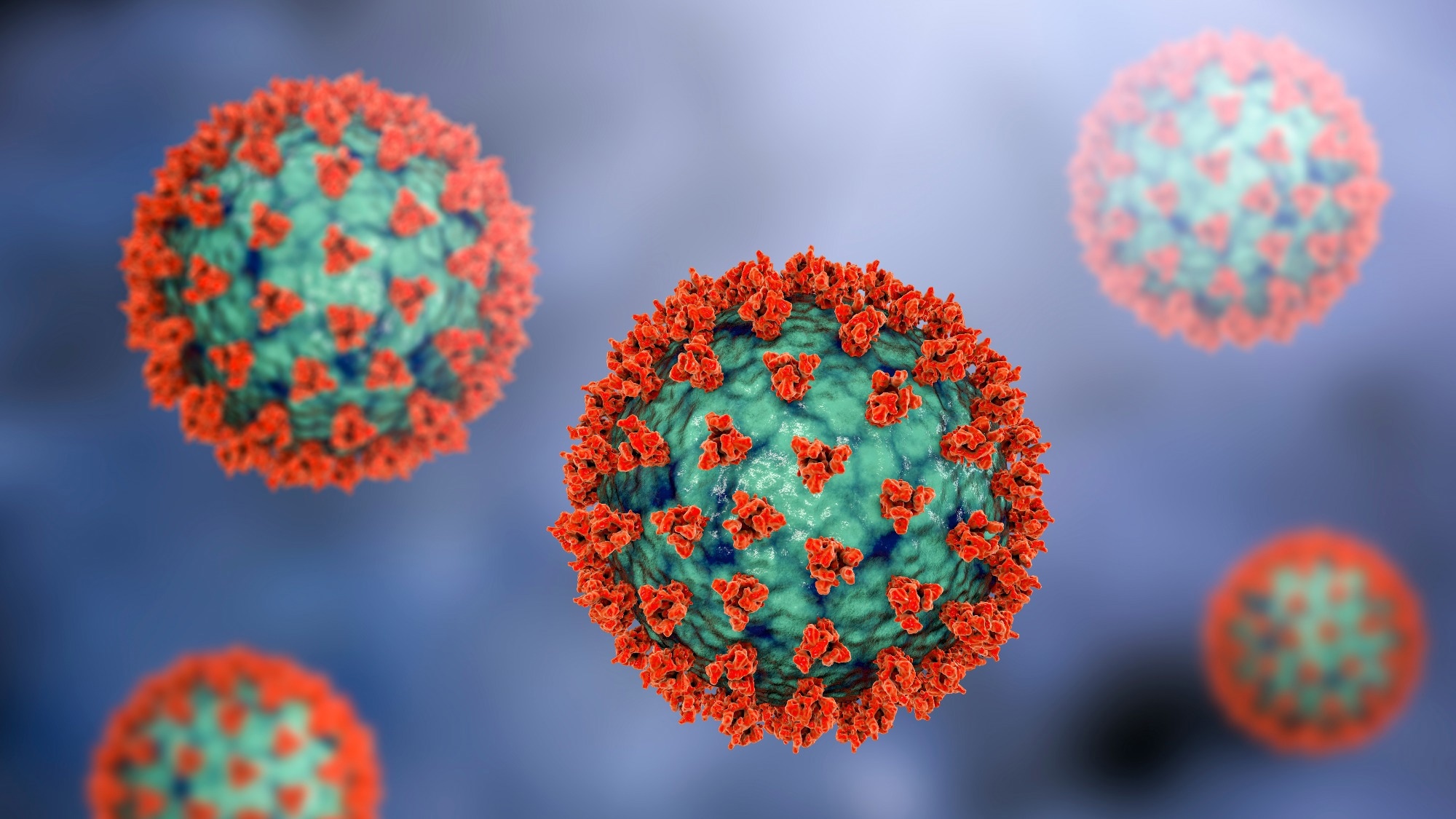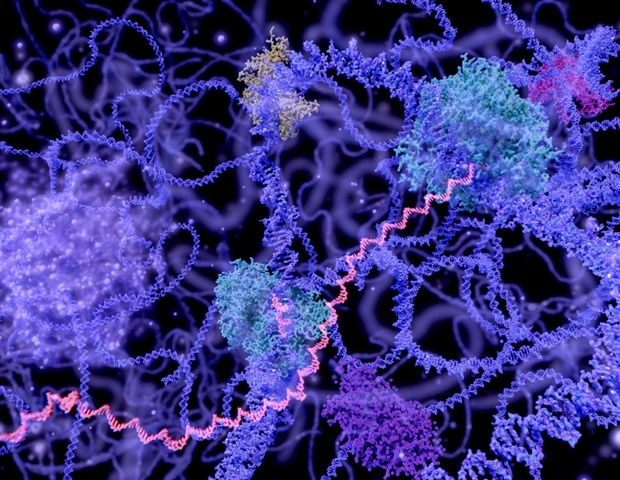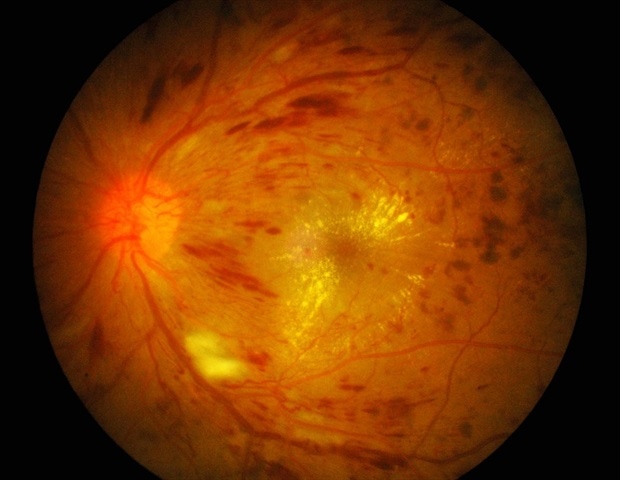In a recent study posted to the bioRxiv preprint* server, researchers examine the neutralization of the recently identified severe acute respiratory syndrome coronavirus 2 (SARS-CoV-2) variants BA.2.86 and FLip, which is a variant from the XBB-lineage, using sera from healthcare workers with three-dose monovalent or bivalent vaccinations, and individuals infected with the XBB.1.5 variant.
 Study: Immune Evasion, Infectivity, and Fusogenicity of SARS-CoV-2 Omicron BA.2.86 and FLip Variants. Image Credit: Kateryna Kon / Shutterstock.com
Study: Immune Evasion, Infectivity, and Fusogenicity of SARS-CoV-2 Omicron BA.2.86 and FLip Variants. Image Credit: Kateryna Kon / Shutterstock.com

Background
The rapid evolution of SARS-CoV-2 has remained a major challenge to vaccine development. Viral variants such as Omicron and its subvariants contain mutations in the receptor binding domain of the spike protein that allow them to escape neutralizing antibodies generated against SARS-CoV-2 by the various vaccines developed since the onset of the coronavirus disease 2019 (COVID-19) pandemic. In addition to immune evasion, these novel mutations in the Omicron lineage also increase the transmissibility of the virus while reducing its pathogenicity.
A recombinant lineage of Omicron subvariants called XBB, consisting of XBB.2.3, XBB.1.16, and XBB.1.5 are capable of escaping immunity induced by the three-dose vaccination regimen. In fact, these variants can only be partially neutralized after a booster dose of the bivalent messenger ribonucleic acid (mRNA) vaccine. The emergence of BA.2.86, which comprises over 30 novel mutations as compared to XBB.1.5, has also increased concerns regarding vaccine efficacy.
Given the emergence of these genetically distinct SARS-CoV-2 variants, it is essential to assess the efficacy of current vaccine-induced immunity in neutralizing these variants.
About the study
In the present study, researchers examine neutralizing antibody titers against BA.2.86, as well as D614G, Omicron BA.1, BA.2, and BA.4/5, and the recent Omicron variants EG.5.1 and FLip. To this end, serum samples obtained from healthcare workers who were vaccinated with either three doses of the monovalent mRNA vaccine or two doses of the monovalent mRNA vaccine and one dose of the bivalent mRNA vaccine were utilized.
Sera collected from individuals infected with the XBB.1.5 variant were also used to test the neutralizing antibody titers against the most recent and previous variants of SARS-CoV-2. The efficacy of the monoclonal antibody S309, which has been effective against a wide range of Omicron subvariants, including EG.5.1 and XBB.1.5, was also tested against the recently emerged variants.
The human embryonic kidney cell line (HEK293T) expressing the human angiotensin-converting enzyme 2 (ACE-2) was used to propagate pseudotyped lentiviruses expressing the spike proteins of all tested SARS-CoV-2 variants. The infectivity of the pseudotyped viruses was evaluated using human lung adenocarcinoma cell line CaLu-3 and HEK293T cells. Virus neutralization assays were conducted using diluted serum samples from the different cohorts.
HEK293T cells cotransfected with the spike protein from each of the variants and enhanced green fluorescent protein were used to determine the fusogenicity of the spike protein. HEK293T cells used to produce the lentiviruses were also stained using polyclonal antibodies against the S1 subunit of the spike protein to determine the surface expression of the spike protein.
The BA.2.86 spike protein was also structurally modeled to understand its interaction with neutralizing antibodies and the ACE-2 receptor. Antigenic mapping was conducted to understand the change in neutralizing antibody titers.
Study findings
BA.2.86 has lower immune evasion abilities as compared to the XBB variants or FLip, which was supported by the antigenic distances. However, the monoclonal antibody S309 was not effective in neutralizing BA.2.86, which could be due to the presence of the D339H mutation revealed through structural modeling.
The infectivity and fusogenicity of the BA.2.86 variant were lower in HEK293T cells but higher in CaLu-3 cells as compared to most of the XBB variants. This observation indicates changes in the conformational stability of BA.2.86.
Although the antigenicity of the BA.2.86 variant is distinct, the study findings suggest that structurally, it is closer to the earlier Omicron variants such as BA.1, BA.2, and BA.4/5 than the more recent XBB variants. Nevertheless, serum samples obtained from individuals vaccinated with the monovalent mRNA vaccine from Moderna containing the XBB.1.5 antigen exhibited robust immune responses against the BA.2.86 and FLip variants.
Conclusions
The immune evasive abilities of the newly emergent SARS-CoV-2 BA.2.86 variant do not appear to be as strong as the recent XBB variants EG.5.1 or FLip. Furthermore, the infectivity and fusogenicity of BA.2.86 was low in HEK293T cells expressing ACE-2 receptors but high in CaLu-3 cells. However, whether BA.2.86 shows an affinity for lung tissue needs to be examined further.






Journal reference:
- Preliminary scientific report.
Qu, P., Xu, K., Faraone, J. N., et al. (2023). Immune Evasion, Infectivity, and Fusogenicity of SARS-CoV-2 Omicron BA.2.86 and FLip Variants. bioRxiv. doi:10.1101/2023.09.11.557206







